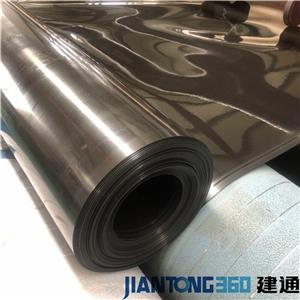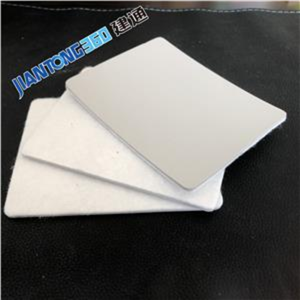Application of HDPE geomembrane in aquaculture
HDPE geomembrane has excellent anti-seepage properties, which can effectively prevent water leakage in fish ponds, maintain stable water levels, and reduce the waste of water resources. This is of great significance for areas with relatively scarce water resources. For example, in some fish ponds in arid areas, the use of HDPE geomembranes has significantly improved water resource utilization and significantly reduced breeding costs.
HDPE geomembrane can also block the exchange of materials between the bottom of the fish pond and the external soil, preventing harmful substances in the soil from entering the fish pond, thereby ensuring a healthy growth environment for fish. In a large fish pond somewhere, before the use of HDPE geomembrane, fish frequently became sick due to soil contamination and production declined. Since the HDPE geomembrane was laid, the incidence of fish disease has been significantly reduced, and the production and quality have been significantly improved.
At the same time, HDPE geomembrane is easy to construct and has a long service life, which can reduce the maintenance cost of fish ponds. Compared with traditional anti-seepage methods, it is more cost-effective.
HDPE geomembranes also play an important role in environmental protection. It can avoid the pollution of surrounding soil and groundwater by fish pond farming wastewater, and meets the requirements of sustainable development of modern farming industry.
With the continuous advancement of technology and reduction of costs, the application prospects of HDPE geomembrane in fish ponds will be broader. It is believed that in the future, it will become an important choice for fish pond construction and renovation, injecting new vitality into the development of aquaculture industry.
The application of HDPE geomembrane in fish ponds is an innovative and practical technology, which is of great significance for improving breeding efficiency and protecting the environment.





